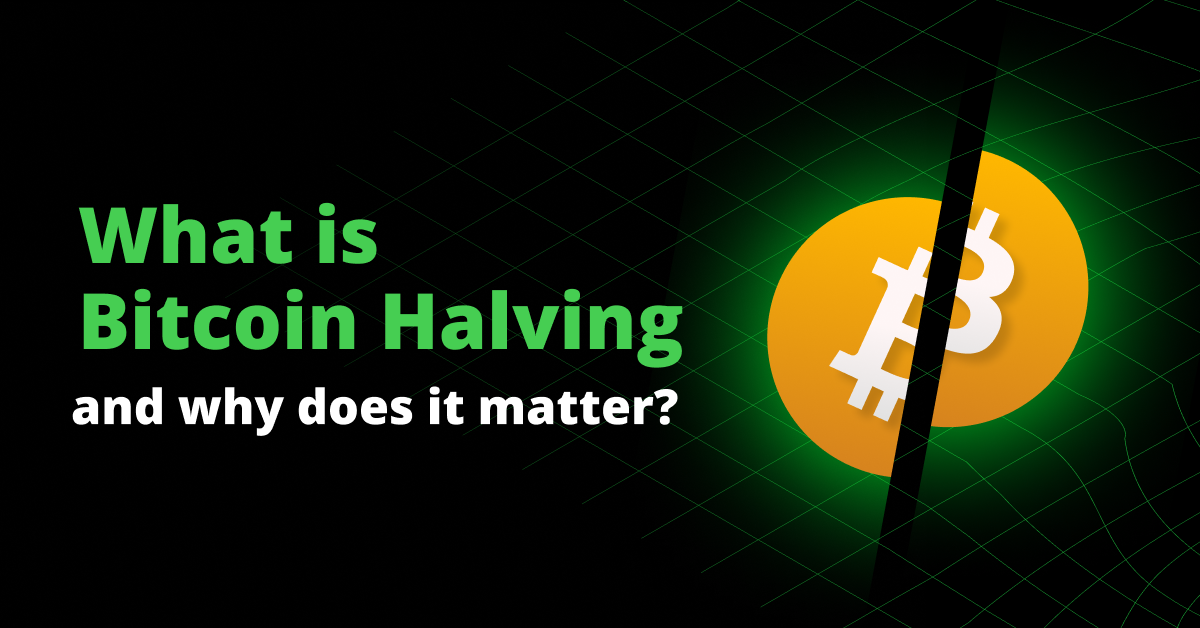What is Bitcoin Halving and why does it matter?

In the world of cryptocurrency, few events get as much attention and anticipation as the Bitcoin halving. It's an event that occurs roughly every four years, directly impacting the supply and demand dynamics of the world's most popular digital currency.
But what exactly is the Bitcoin halving, and why does it matter? Let's delve into this significant event, its history, and what it means for people mining or investing in Bitcoin.
What is Bitcoin Halving?
Bitcoin halving, also known as the halving event, is a pre-programmed adjustment of the reward miners receive for validating transactions on the Bitcoin network. The halving occurs approximately every four years or after every 210,000 blocks are mined. The purpose of this mechanism is to control the issuance of new Bitcoin, and maintain the digital currency's limited supply, similar to how precious metals like gold are mined and distributed.
A Brief History of Bitcoin Halving
The first halving occurred on November 28, 2012. At that time, the block reward decreased from 50 BTC to 25 BTC per block. The price of Bitcoin on that day was only $12.20. Surprisingly, this event marked the beginning of Bitcoin's rapid growth.
The second halving took place on July 9, 2016. Miners' rewards were halved again to 12.5 BTC per block. Despite concerns from skeptics, Bitcoin surpassed expectations. In early 2017, it started a significant upward trend, going from around $13 to an incredible $1,000 by the end of the year.
The third halving happened on May 11, 2020, reducing the reward per block to 6.25 BTC. Despite predictions of Bitcoin's downfall, the cryptocurrency remained strong and continued its upward path. This year, Bitcoin hit its all time high reaching $73,750.

What does this mean for you?
For Bitcoin miners, the halving represents a significant adjustment in their revenue streams. With the block reward reduced by half, miners must either increase the efficiency of their operations or face a decrease in profitability. This typically leads to a consolidation of mining power among larger, more efficient operations, potentially centralizing the network to some extent.
On the other hand, for Bitcoin investors, the halving is often viewed as a bullish signal for the cryptocurrency's long-term value. The reduction in the rate of new supply entering the market tends to create upward pressure on prices, assuming demand remains constant or increases. Historically, both preceding and following halving events, Bitcoin has experienced notable price rallies, leading many to speculate on the potential for substantial gains.
Join us on Tradesilvania Platform, where you can buy BTC with RON, EUR, or USD using multiple top-up methods. Need to send BTC to a specific wallet? Try Tradesilvania RAMP!